table of contents:
Piping is an essential sewing technique that adds a refined and professional touch to your creations. Whether it's to highlight a pocket, structure a seam or embellish a garment, it adds a beautiful relief and a clean finish .
In this article, we explain how to make and apply piping step by step , with practical advice for a perfect result!
What is piping?
Piping is a fabric covering cord , inserted between two pieces of fabric to create a contrasting or discreet border effect. It is often used in:
- Decoration (cushions, curtains, seats).
- Clothing (pockets, seams, collars).
- Leather goods (bags, pouches).
Why use it?
- It provides a clean and neat finish.
- It adds an elegant aesthetic touch.
How to make your piping?
If you can't find piping that matches your fabric, make it yourself ! Here are the steps to follow.
Cut the bias

Piping is made from strips of fabric cut on the bias (see article on bias), i.e. at 45° to the selvedge . This bias cut allows:
- To obtain more flexibility to fit curves.
- To reduce the risk of deformation .
Tip : For perfect piping, choose a rope of a thickness suited to your project (thin for clothing, thicker for cushions or bags). And why not dare to use a quality Barbie fabric , both satiny and sparkling? It will bring an ultra-trendy touch of fantasy to your creations, especially for accessories or children's clothing.
Attach the rope to the bias

- Place the rope in the center of the strip of fabric .
- Hold it in place with a few stitches on the machine , without tightening too much so that it remains flexible.
Why is this step important ? It prevents the rope from moving during subsequent manipulations.
Sandwich the rope in the bias

- Fold the bias in half, closing the cord inside.
- Pin well edge to edge so that the rope remains centered.
- Make sure the fabric is tight around the rope.
Tip : The closer you pin to the cord, the neater and more securely held the piping will be.
Sew the piping with a special foot


- Use a special zipper presser foot to sew as close to the cord as possible .
- Stitch following the curve of the piping , without pulling on the fabric.
Why use a zipper foot ? It allows you to tighten the seam as tightly as possible around the cord for a well-defined piping.
How to apply piping?
Now that you have your piping, it's time to incorporate it into your creation ! Here's the perfect method for a neat, invisible seam.
Pin the piping to the fabric

Place the piping on the edge of the fabric , with the flat part aligned with the edge .
- Pin securely following the curve of the fabric.
- Sew along the piping seam to secure it securely.
Tip : Pay attention to the corners! To ensure the piping fits the corners properly, make small cuts in the seam allowance .
Place the second piece of fabric

- Place the second piece of fabric over the piping .
- Pin edge to edge , making sure the piping is sandwiched between the two fabrics.
Why is this step crucial ? If the fabrics are not properly aligned, the piping may not come out clearly after sewing.
Sew as close to the rope as possible
- Stitch again following the previous seam, still using the special lightning presser foot .
- Sew as close to the cord as possible so that the piping is held securely and the stitches remain invisible once the work is turned inside out.
Tip : If you feel resistance under the foot, adjust the thread tension slightly to avoid puckering.
Return and iron

- Turn your work over to reveal the piping.
- Iron carefully to flatten the seams and give a clean finish.
Final touch: topstitching!
If desired, add decorative topstitching on either side of the piping, or on one side only, depending on the desired effect.
Conclusion
Piping is a great way to add a sleek, elegant finish to your creations . Whether it's for clothing, accessories, or decor, this technique adds depth and style .
Summary of steps:
- Make your piping by cutting a strip of bias tape and inserting a cord into it.
- Use a zipper foot to sew as close as possible.
- Pin carefully to hold the piping in place.
- Assemble with the second fabric by sandwiching it.
- Sew as close to the rope as possible for an invisible finish.
- Turn over and iron for a clean, professional result.
By applying these tips, you will add real value to your achievements .
Have you ever tried piping in your creations? Share your experiences and tips in the comments!

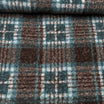
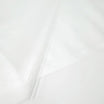
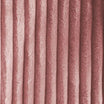
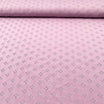
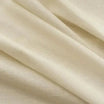
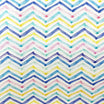




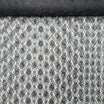
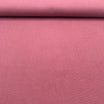
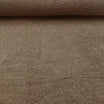

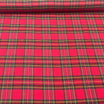
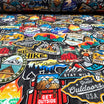
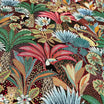
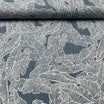


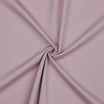
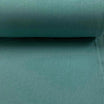
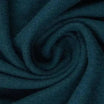
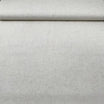
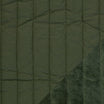
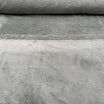
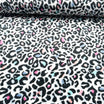
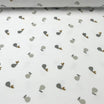
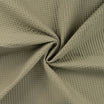
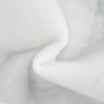

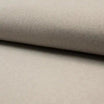
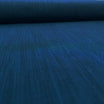
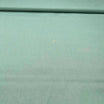
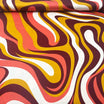

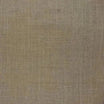
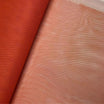
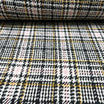
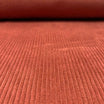
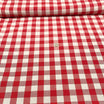
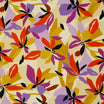
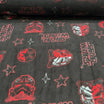

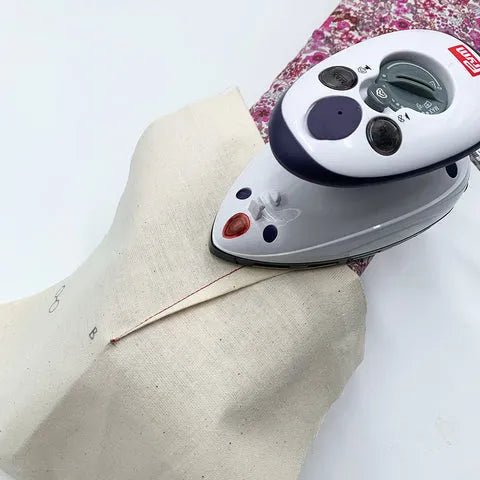
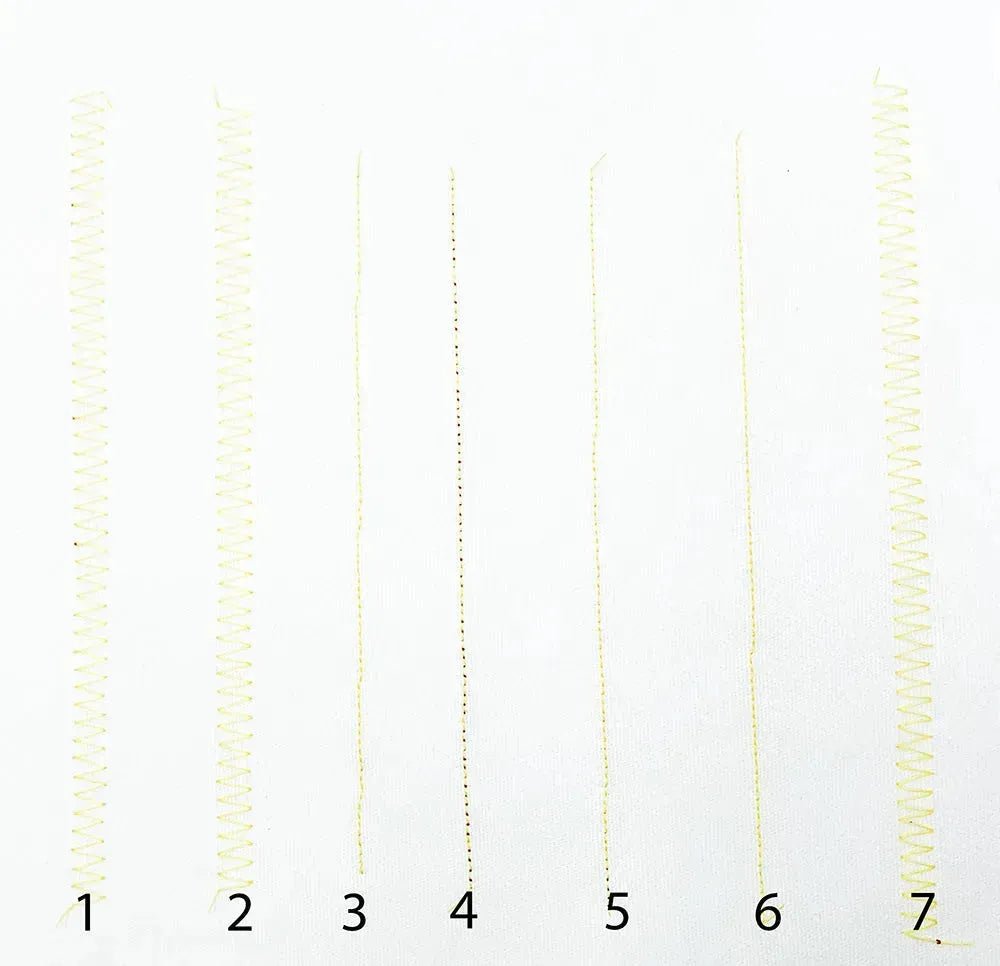
Leave a comment
All comments are moderated before being published.
This site is protected by hCaptcha and the hCaptcha Privacy Policy and Terms of Service apply.